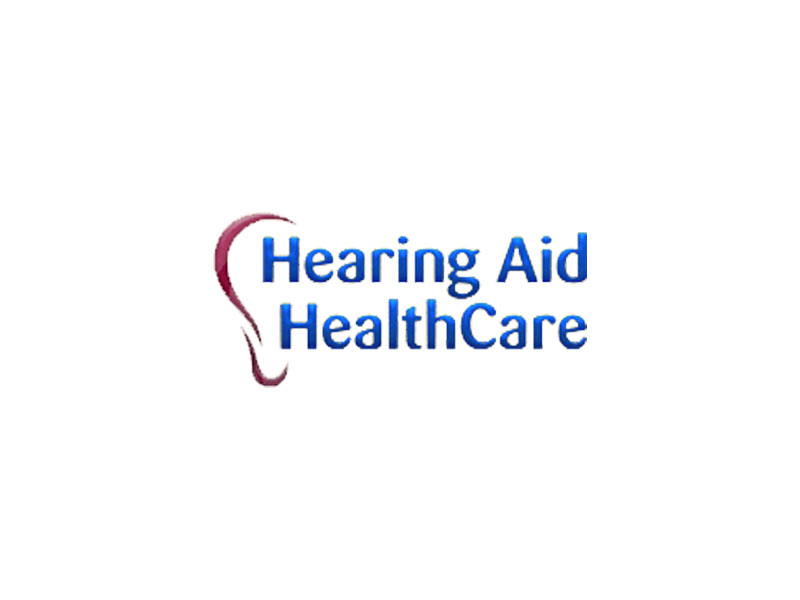One subject which is rarely mentioned with regards to hearing loss is how to keep those who have it safe inside their own homes. For instance, suppose that a fire starts in your home; if you're like most of us you have smoke alarms to sound an alert so that you and your family can evacuate the premises before a fire spreads too far and traps you. But this time imagine that this fire begins during the night, when you are asleep, and you've removed your hearing aids.
The smoke alarms standard in most houses and those required by city and local governments produce a very loud warning sound at a frequency between 3,000 and 4,000 Hz. This approach is acceptable for most people, but the fact is that these frequencies are among those most vulnerable to age-related hearing loss, so older adults or people who have sustained other types of hearing loss can't hear them. So even if you had been awake, if you are among the more than 11 million people in America with hearing loss, there is a chance that you wouldn't hear the alarm.
Luckily, there are home safety products that are expressly created for the requirements of the hearing impaired. For those with mild to moderate hearing loss, there are smoke detectors that emit a 520 Hz square-wave warning sound that they can generally hear. For people who are completely deaf, or who cannot hear whatsoever when they take out their hearing aids or turn off their cochlear implants (CIs) at night when they go to bed, there are alarm systems that combine extremely loud noises, blinking lights, and vibrators that shake your mattress. For complete home safety, many of these newer devices have been developed to be incorporated into more extensive home protection systems to warn you in case of burglars, or if emergency services are hammering on your doors.
To hear other sounds which might indicate danger, many hearing-impaired people have installed induction loops in their houses for boosting the performance of their hearing aids or CIs. These systems are in essence long strands of wire placed in a loop around your living room, kitchen, or bedrooms. These serve to activate the telecoils embedded in your hearing aid or cochlear implant that raise the volume of sound; this can be very helpful in emergency situations.
We should not forget the basic telephone, which is indispensable during an emergency of any sort. Thankfully, many contemporary mobile and residential telephones are now telecoil-compatible, to permit their use by individuals wearing hearing aids or cochlear implants. Other models integrate speakerphone systems with very high volumes that can be easily used by the hearing impaired, and more importantly, can be voice-activated. These phones allow you to voice-dial for help in an emergency situation, or if you needed assistance of any kind. Other manufacturers make vibrating wristbands that communicate with your mobile phone to wake you up or advise you if you get a phone call.
Naturally, some home safety tips for the hearing impaired are the exact same as for people who can hear well, such as keeping lists of your health care providers, emergency service providers, and hospitals close by. We are as serious about your basic safety as we are about your hearing, so if we can be of assistance with any further tips or suggestions, feel free to give us a call.
